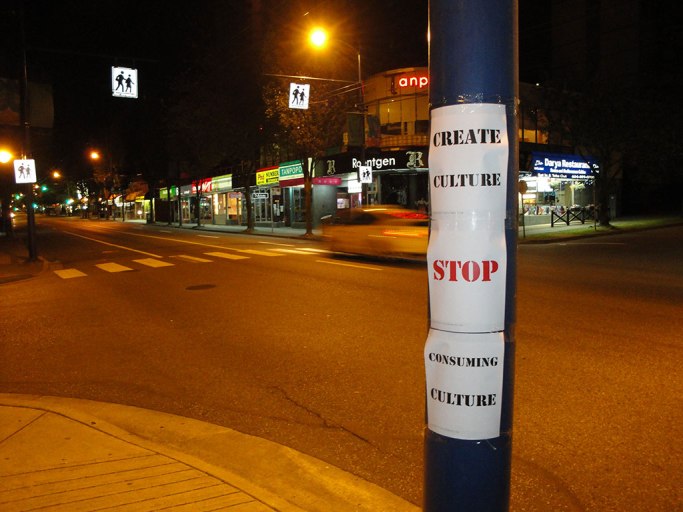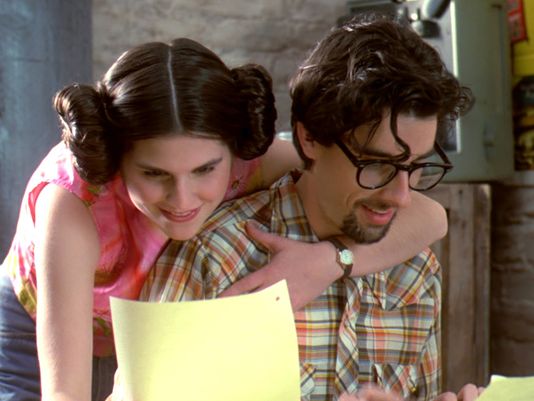As Henry Jenkins says in “Quentin Tarantino’s Star Wars? Grassroots Creativity Meets the Media Industry,” the Internet is changing the way we consume media. Fans are exercising their right to actively contribute to their own culture and getting into the mainstream industry. Jenkins explains, “…this new vernacular culture encourages broad participation, grassroots creativity, and a bartering or gift economy” (204). I agree, new technologies make it easier for amateurs to create their own content and the Internet allows them to share it publicly. Social media, in particular, provides a platform for fans to contribute to their own culture.
However, this poses a problem for the balance of power between fans and product owners. Jenkins addresses the media industry’s concern that “as fan productivity goes public, it can no longer be ignored by the media industries, but it cannot be fully contained or channeled by them, either” (205). Ultimately, product owners will have to give up some of the control to fans and allow them to participate in their own culture.
Additionally, Jenkins explains that fan culture is not changing; it is merely more public. He says “the web provides a powerful new distribution channel for amateur cultural production” and a vehicle for fans to fully participate (203). Through the Internet, there are now public platforms that allow fans to make their voices heard and their ideas visible.
I believe that the movie/parody “scene” has a bottom-up momentum. A popular Star Wars parody mentioned in Jenkins’ piece is George Lucas in Love. In this film, Lucas is portrayed as a regular college student. This depiction “helps to blur the line between the fantastical realm of space opera and the familiar realm of everyday life” (211). This parody created by amateurs became recognized in the media world and allowed fans to feel more connected to Lucas.






Recent Comments